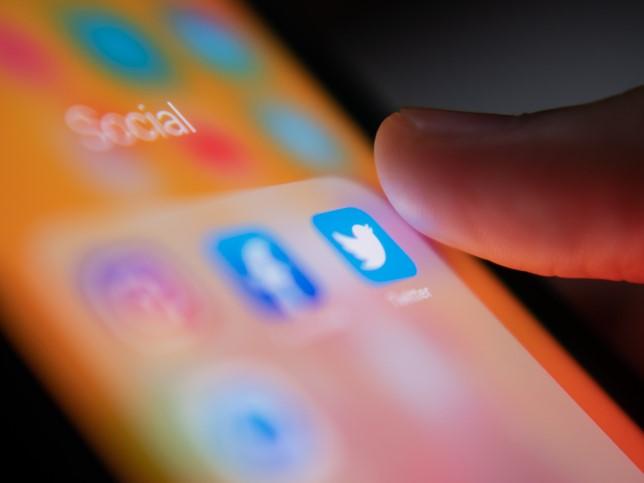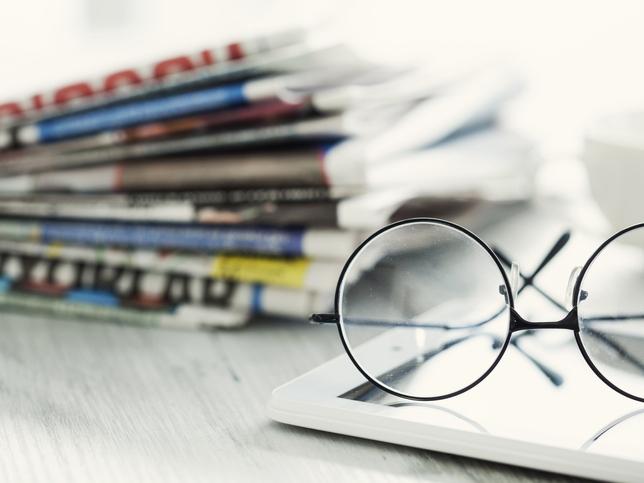
Podcast starter kit: what you need to get recording and posting now

Whether you’re podcasting for work, fun or for academic purposes, whether your audience is your students or colleagues, the general public or business associates, the questions you need to ask and answer in regard to podcast production are the same:
- environment – where will you record?
- equipment – which microphones, audio interfaces and recording devices are essential?
- editing: what software will you use?
- hosting: which platform and why?
So let’s address them one by one.
Where will you record your podcast?
The right recording environment is crucial for successful podcasting. It is an aural medium, so the sound quality and consistency of your work are very important. People will turn off from a podcast that’s difficult to listen to even if it the content is good.
- Tips for sharing your research and professional expertise with consumer media
- How to use social media more effectively in teaching and research, part one: your recording set-up
- Get your research out there: 7 strategies for high-impact science communication
Where you record, therefore, is important. Noisy places, large rooms or spaces with hard surfaces can make for echo, background noise, interruptions and other undesirable sound qualities. Try to record in a small space; maybe hang curtains or find other ways to deaden the sound and soundproof the room. It’s worth taking the time to experiment and test-record to get this right.
Also, recording in the same place, with the same conditions, every time will ensure a consistent soundscape.
What recording equipment do you need?
Do your research to avoid unnecessary outlay on equipment. It can be tempting to buy shiny devices with knobs, buttons and wind socks, but that can be a money trap. Consider these factors: the number of people talking, the recording location, whether you will record phone calls, your use of diegetic and non-diegetic sound (more on this and editing software in the editing section below). All these will influence the kind of equipment you need.
If you’re the only voice in your podcast, a simple and inexpensive set-up will do to begin with. To achieve a decent sound, you’ll need headphones, a USB mic (such as the Audio-Technica 2100x or the Samson Q2U) that plugs straight into your laptop. You can record directly into a free software package such as Audacity.
For two or more voices, recording straight into your computer becomes more complicated. Yes, you can just plug more USB mics into your laptop, but computers are notorious for getting confused when asked to identify two or more mics.
It’s better to record directly into an “audio interface”. Simply put, these are recording devices with input jacks for several microphones and outputs for several sets of headphones. They act as a translator, turning the analogue microphone signal into a digital one. You’ll have separate channels to adjust and monitor the recording level for each speaker. Interfaces offer you the option of recording straight to your computer or on to an SD card. Zoom, Tascam, Rode and Focusrite make great interfaces, some specifically designed for podcasters. As usual do your research. These items become more expensive as the number of mic inputs increases.
One important consideration while investigating interfaces is their ability to record directly from a mobile phone. Not all can do this without messy cable workarounds, so check this out if you will be interviewing guests remotely.
If you’ll be recording on location, a handheld field recorder is essential. These are great for recording audio such as conversations live on site, ambient sounds, atmosphere and background noises. Many will also double as an audio interface, so once again, do the research before you buy.
A word about microphones for podcasting
You could easily get by using the Samson and Audio-Technica microphones discussed earlier. But if you want a more sophisticated sound, the sky is the limit in terms of how much you could spend. Remember, though, that most people will be listening to your podcast via earbuds, which offer inferior sound-reproduction values, so no matter how sonorous the bass tones might be on that expensive mic, they may never be heard.
Expense aside, the way a mic records sound is important. Cardioid mics are very good for recording voice, especially several voices in conversation. They’re directionally focused and only pick up the sound aimed directly into the mic, making editing of each voice easier as there will be no, or little, bleed across tracks.
If you’re interviewing outside, or somewhere noisy with a handheld field recorder, you might consider using a shotgun mic. These are extremely directional and will seriously reduce extraneous noise.
Any number of videos discuss the pros and cons of various mics for podcasting. When looking to buy mics, or any other gear, don’t neglect eBay or Facebook Marketplace. This is where those who didn’t do the research get rid of equipment they can’t use, often near new.
How to choose podcast editing software
The editing process is where you correct, delete and add sound to create an aural soundscape for the listener. One thing that’s hard to correct, though, is recording levels that are set too high. Quiet recordings can be boosted but those that are recorded too loud will always sound distorted to some extent. Getting your recording levels right before you start recording will save you a lot of trouble when editing.
Audacity can look intimidating if you’re new to editing, but online tutorials will demystify this for you. You don’t need to master the whole programme, just the parts you need to make your podcast.
Adobe Audition is the industry standard editing software. It is more sophisticated than Audacity and offers more sound enhancement and clean-up features, but it’s not free. Best to start with Audacity and then, if you feel the need to, move to Audition.
A monologue or simple conversation-type podcast might not warrant too much editing or the addition of music or stings other than to intro and outro the show and segments. Others carefully interweave sounds recorded on location to create vivid soundscapes.
You’ll probably record your own diegetic sounds, but you’ll probably need to buy the non-diegetic ones (music, theme tunes, etc). Good, cheap options are available that will allow you to stay copyright-compliant and within budget.
How do I choose a hosting platform?
Choosing a podcast host can make choosing a phone plan look simple. Dozens of hosting platforms each offer a different combination of price, functionality, storage, web page provision, transcription, sound mastering and more. There’s no short cut to doing the legwork when it comes to working out which is right for you – wade into the array of “which platform is best for you?” videos.
However, you should definitely keep in mind these pointers when looking:
- A good host will make it easy for you to post your work on all available pod directories, such as Apple, Spotify or Stitcher.
- If your sound could do with a boost, look for features such as Magic Mastering.
- What kinds of analytics do they offer? How much can you find out about your audience?
- Do you want to monetise your podcast? If so, choose a platform that will allow for that.
Like chess, podcasting is easy to learn but can take a lifetime to master. Research is key, not only in technical terms, as covered in this article, but aesthetically, too. Listen widely and critically; you can’t make good podcasts without doing so.
John Weldon is associate professor and head of curriculum of First Year College at Victoria University, Australia. He is co-author, with Jay Daniel Thompson, of Content Production for Digital Media: An Introduction (Springer Nature, 2022).
If you found this interesting and want advice and insight from academics and university staff delivered direct to your inbox each week, sign up for the THE Campus newsletter.


